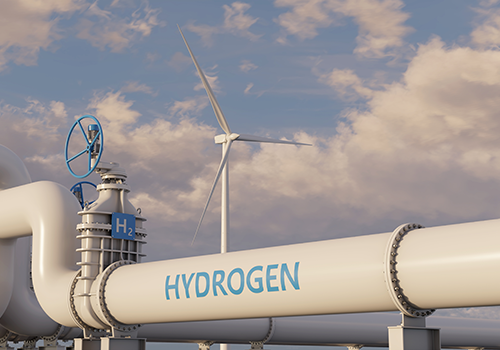Rethinking Hydrogen Quality Standards: The Case for a 99.5 mol-% Specification
Key Ideas
- Existing hydrogen quality specifications need rethinking for standardisation, with a 99.5 mol-% specification being a potential solution.
- Unlike natural gas, hydrogen's simple composition allows for a focus on charging based on hydrogen mole fraction, incentivizing purer hydrogen feed-in.
- Future use of hydrogen as a feedstock emphasizes the need for updated billing approaches that disregard non-hydrogen components' calorific value contributions.
- DNV KIWA's analysis highlights the importance of evolving standards to align with the unique characteristics of hydrogen as an energy carrier.
The article discusses the need to rethink existing hydrogen quality standards for standardisation purposes, highlighting a potential solution in the form of a 99.5 mol-% specification. Unlike natural gas, hydrogen's composition is straightforward, allowing for a shift towards billing based solely on the hydrogen mole fraction. This approach incentivizes the supply of purer hydrogen and acknowledges hydrogen's increasing role as a future feedstock. By disregarding non-hydrogen components' contributions to calorific value, countries can adapt their billing practices to better suit hydrogen's characteristics. The analysis by DNV KIWA further emphasizes the importance of updating standards to align with the evolving landscape of hydrogen as an energy carrier.
